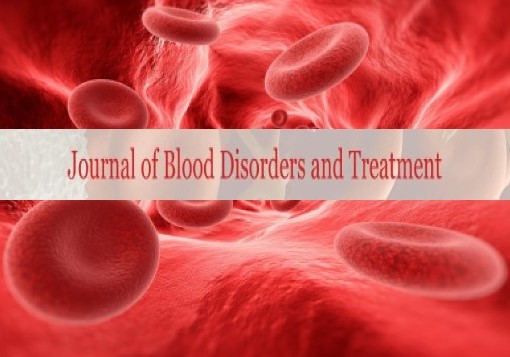
Sign up for email alert when new content gets added: Sign up
Assessment of coagulation profile, fibrinogen, protein C, protein S, antithrombin and vitamin K levels among Sudanese neonates with proven sepsis in Omdurman Maternity Hospital, Sudan
10th World Hematology and Oncology Congress
October 22-23, 2018 Warsaw, Poland
Albara Abdulfatah Mohammed
Al Fajr College for Science and Technology, Sudan
Posters & Accepted Abstracts: J Blood Disord Treat
Abstract :
Background & Aim: Neonatal sepsis represents one of the most common causes of neonatal morbidity and mortality worldwide, non-specific clinical remarks makes earlier diagnosis difficult. Locally in Sudan, in less than five years mortality, sepsis comes on the top of mortality leading causes (14%) in 2012. In 2013, for a less than one-year mortality, sepsis frequency was 658 deaths which is more than seven-fold mortality cases among 1-4 years for the same period. The study aimed to assess the platelet counts, Prothrombin Time (PT), Activated Partial Thromboplastin Time (APTT), Thrombin Time (TT), fibrinogen, protein C, protein S, Antithrombin (AT) and vitamin K in Sudanese neonates with sepsis and compare them with healthy neonates in order to study hemostatic alteration among septic neonates.
Method: The study was a prospective case control study conducted in Omdurman Maternity Hospital in the period from June 2013 to April 2015 to a total of 100 samples divided into case and control group (50 for each), blood culture was done routinely for all neonates with suspected sepsis, the first 50 neonates with a positive culture were taken as case group. Platelets were counted by the cell counter (hematology analyzer Sysmex KX-21). PT, APTT, TT, fibrinogen, protein C and protein S were assessed by the clotting procedure by use of semi-automated coagulometer (Stago Start four). AT was assessed spectrophotometrically by the turbidimetric method by use of semi-automated chemistry analyzer (Mindray BA-88A). Vitamin K was assessed by the HPLC (High Performance Liquid Chromatography) Shimadzu 10 ADVP. Data were tabulated and analyzed by the (SPSS 20) via one sample t test (95% confidence interval (P value)).
Result: The gender distribution was 23, 27 and 24, 26 males and females for case and control respectively, in the case group, 17 neonates with early onset sepsis (from birth-7 days) and 33 with late onset (7-28 days). 10 from test group died (20%). Platelets count was decreased, PT and APTT were prolonged, TT was shorted, fibrinogen was increased, PC, PS, AT and vitamin K were decreased (means 60,289 c/mm3, 16.6 sec, 47.8 sec, 18.6 sec, 482.2 mg/dl, 34.4%, 33.4%, 183.9 mg/ml, and 0.86 ng/ml. And 212,030 c/mm3, 13.9 sec, 37.5 sec, 20.6 sec, 393.7 mg/dl, 36.8%, 34.7%, 221.5 mg/ml and 1.23 ng/ml for case and control, respectively).
Conclusion: It has been concluded that platelets count significantly decreased both PT and APTT significantly prolonged, TT significantly shorted, fibrinogen was significantly increased and AT significantly decreased in neonatal sepsis. APTT and protein C showed significant correlation with the outcome, so both can predict early mortality, PT and TT showed significant correlation with early sepsis. Demographic data (gender, gestational age, mode of delivery and Gram stain typing) had no effect on hemostatic parameters.
Biography :
E-mail: Albaraa1983@yahoo.com




